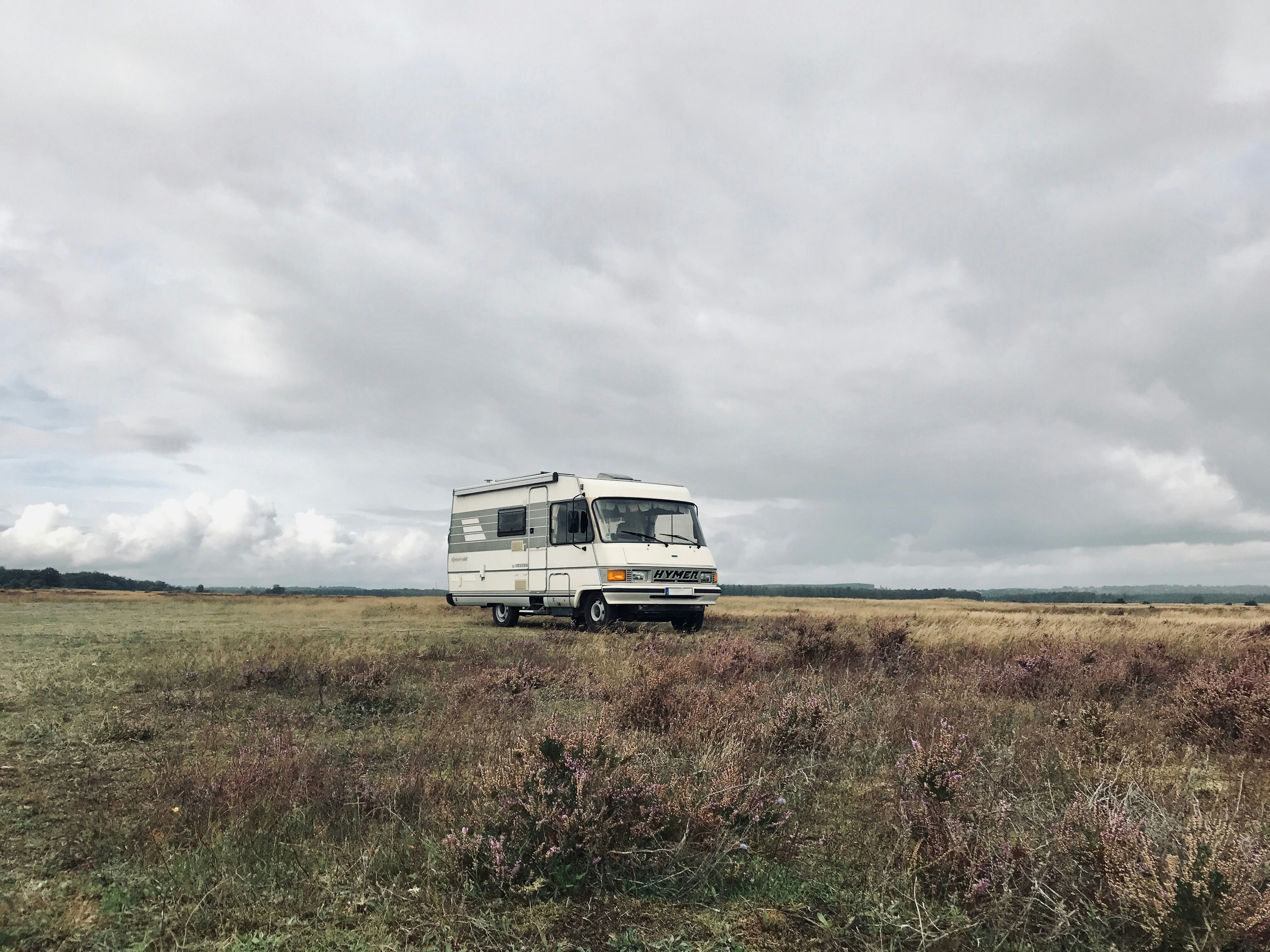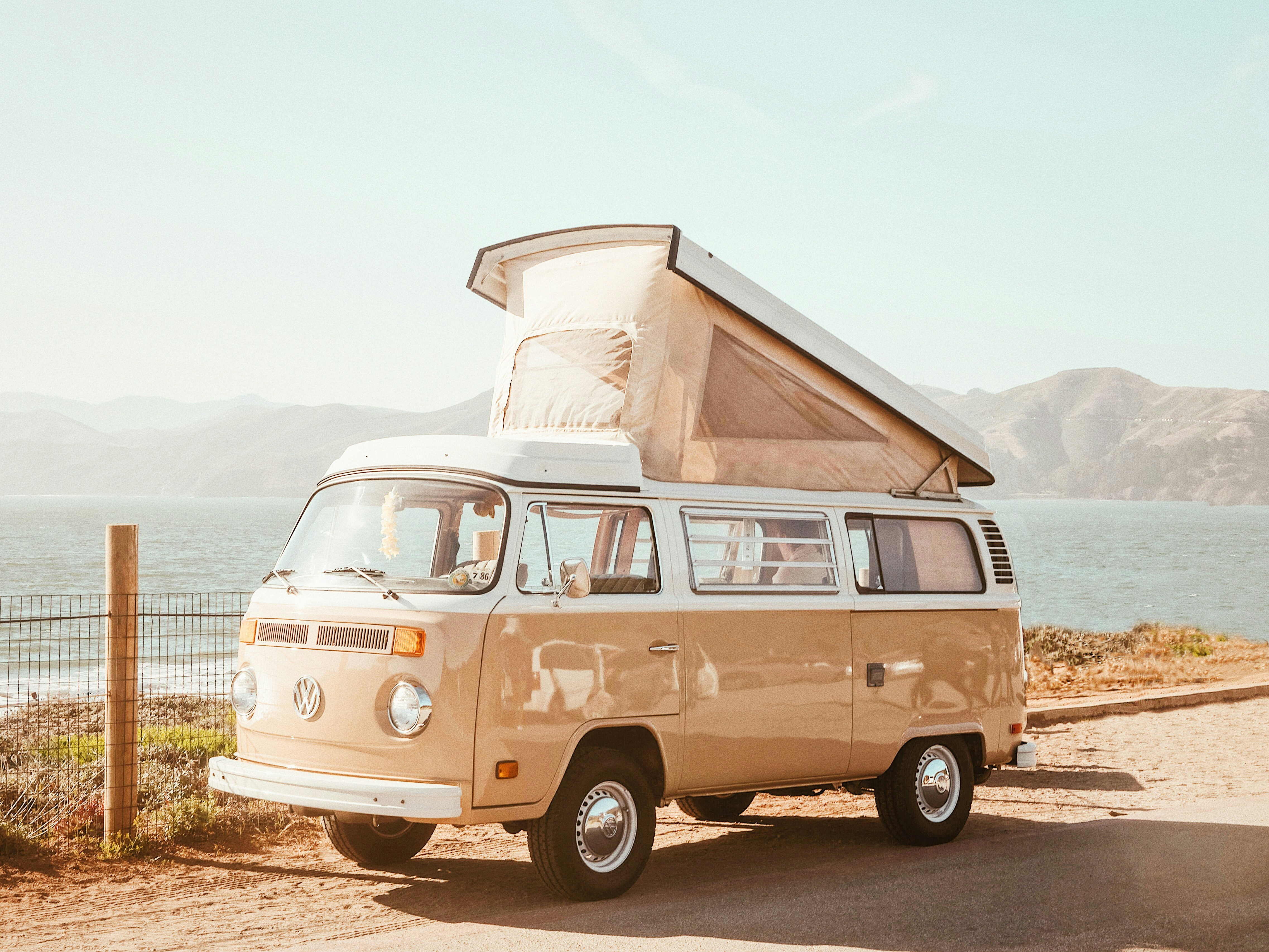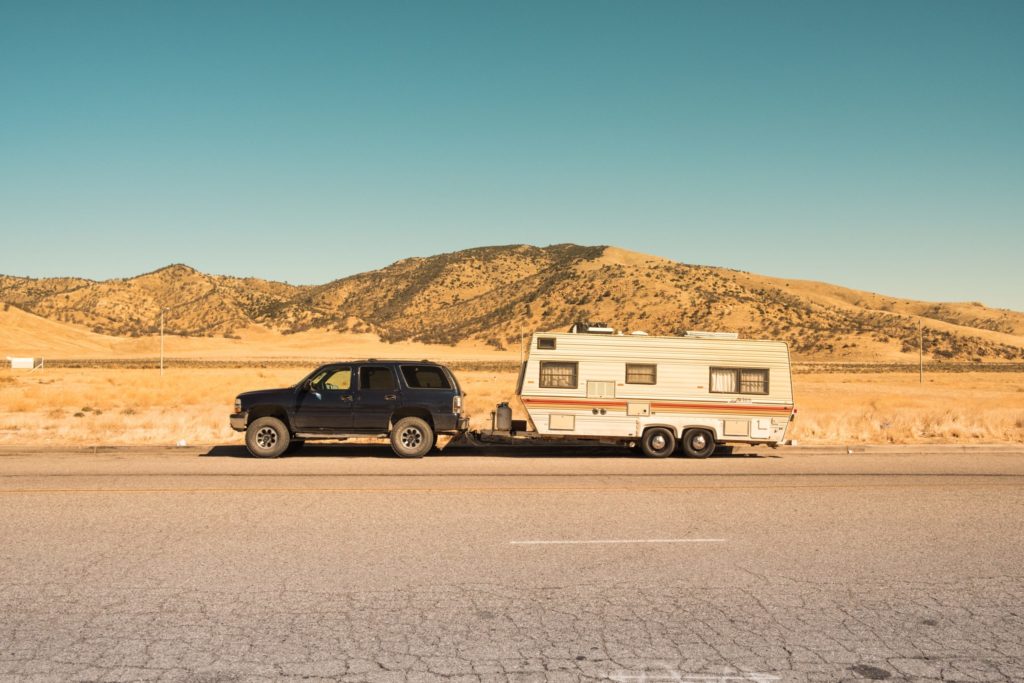After an unconventional year and a worldwide pandemic that showed us all that it’s possible to both work and learn remotely, many nontraditional families are taking to the open road. In an effort to explore the country, expose their kids to new places, and sometimes out of financial necessity, these families are selling their homes and moving into campervans and RVs. With the van life movement becoming more and more mainstream, these families are even using their unique living situations to blog, vlog, and spread the word about alternative living possibilities. If you’ve ever considered trading your sticks and bricks home for one on wheels, read on.
The Logistics

When most people consider full time RV or converted vehicle living with a family, the first thing they worry about is logistics. Things like how to get purified water for the entire family on a daily basis or how to add a water filtration system to an old camper can be enough to keep people in their traditional homes or apartments longer than they might otherwise stay. But it doesn’t have to be this way. RV enthusiasts say they’re managing ways to have all the comforts of home. Even better, they’re finding ways to maintain their air conditioning and heating systems with just a few tweaks and have clean water with them wherever their RV takes them.
Rest assured, there are hundreds of ways to make full time travel and life on the world both practical and affordable, too. Unconventional families are proving it every day in the United States and around the world. From five gallon jugs and water fill up stations to built in fans and air conditioning systems or making use of rest areas and public lands, these families are finding ways to not only meet new people but get some exploring done too–many while keeping full time jobs and incomes.
The Benefits

For years, people have talked about the pros and cons of living in an RV. Popular with the snowbird retirement community, most people think of RV life as a last resort option for people living on tiny retirements. But that isn’t always the case. Some young families are opting for quality time over the restraints bills that come with living in a traditional home put on them. For these adventurous families, living full time on the road gives them a chance not only to see the world but to detach from financial obligations.
For families looking for peace of mind that they can live happily on a smaller budget, this option has come in handy during the pandemic. As others facing job loss or worried about defaulting on their mortgages, unconventional families are less concerned about finances than the rest of us. While the initial cost of an RV vehicle, converted school bus, or built up rig that’s big enough for a family can be pricy, most nomads say it’s worth it.
Nomadic Living During COVID-19

One downside to mobile living during a pandemic is that many of the normal amenities van life and motorhome dwellers depend on aren’t open anymore. For many, a simple gym membership to a place like Planet Fitness meant daily showers, restrooms, and a place to charge up. But with restrictions, that’s becoming harder and harder and RV life looks a little different than it did before the pandemic.
This isn’t stopping people who love RV living. They’re managing with compost and alternative toilets, black water dumping stations, and more. For this group of outside-the-box thinkers, there are very few hurdles that get in the way of the freedom they find on the road. Typical problems like learning to cook in a small space are easily solved with RV and van build outs and the use out outdoor campground facilities like picnic tables and more.
In the end, nomadic life is gaining more and more popularity with each passing year. As more families opt to teach their kids remotely, this will be even more common. From camping out on public land to taking advantage of RV full-time living in national parks, RV parks, campgrounds or family and friends’ backyards, these families are quickly becoming trend setters.






